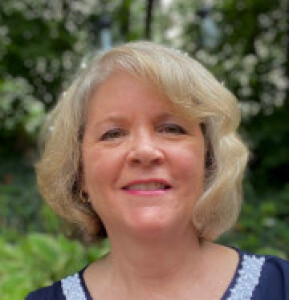Jean-Marie Galing's collections
Figures of Interest
<p>People from different times and places have created human figures in clay. Look at some of these figures and consider:</p>
<p></p>
<ul><li>What do you know about the figure? What do you see that makes you think that?</li><li>How did the artist show the interests of the figure?</li><li>What did the artist do to make the figure visually interesting?</li><li>For whom might this artwork be special?</li></ul>
<p>If you were to create a self-portrait in clay, what clues would you add to tell others about yourself? What special object might you include?</p>
<p></p>
 Jean-Marie Galing
Jean-Marie Galing
13
Time
<p>The theme of TIME can be explored in art using key concepts throughout the semester or year. Explore various concepts related to the idea of TIME by playing the Connections Card Game. The mind maps made after playing the game can be used as a reference throughout the course. </p>
<p>Teacher Preparation:</p>
<ul><li>Download and print images on card stock (resource attached to this collection). Create multiple sets for small groups to play the game.</li><li>Print Key Concept Cards (resource attached to this collection)</li></ul><p>Student Activity:</p>
<ul><li>Take turns choosing a card and connecting it to a key concept by placing it near an appropriate Concept Card. </li><li>Defend choice with evidence in the image.</li><li>After all cards have been played, students make inferences about how people experience, measure or represent time. </li><li><span></span> Small groups collaborate to draw a mind map to illustrate their ideas. </li><li>Present maps in a "Carousel Interview." One group member stays with the mind map to answer questions; other group members visit tables to explore mind maps and ask questions.</li><li>Return to original group. Encapsulate overarching ideas and record them on your group's mind map.</li></ul>
 Jean-Marie Galing
Jean-Marie Galing
24

